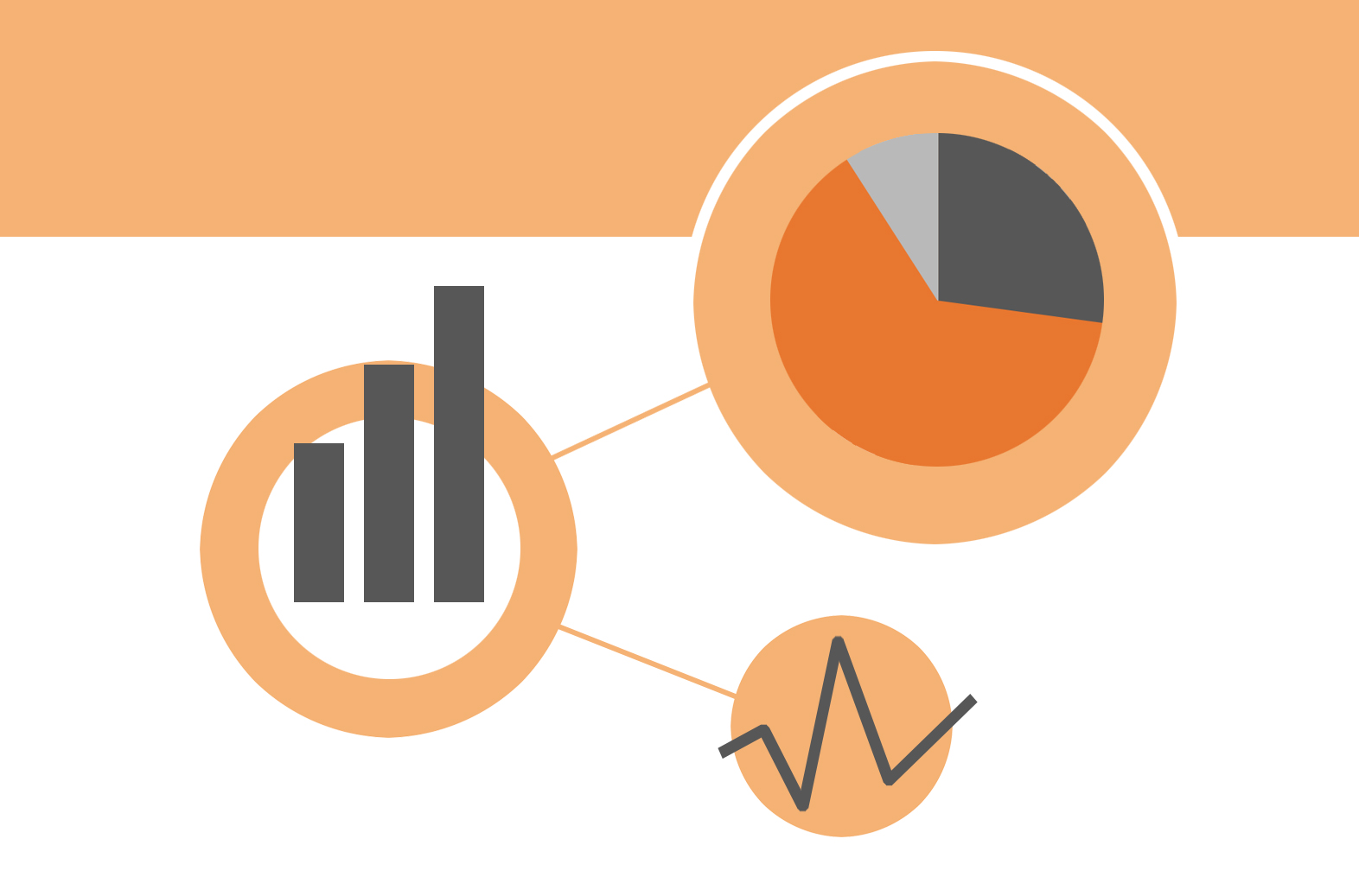Introduction
Drill-down is an operation enabling a user to move from one point of data to another one in order to detail the information and focus on the necessary aspects. If a user interface allows interacting with the device through graphical items, drill-won will also include clicking on the representation which discloses more significant data aspects. As for drill-through, it takes a user directly to the report relevant to the analyzed data.
Drill-down and drill-through belong to key operations of OLAP and let users find responses to complex MDX queries.
What Is Drill-down?
This kind of report lets users guide through various data granularity layers by clicking on certain data elements within the application or on the web. The operation navigates users from one level of multidimensional data to a more detailed one ensuring them with aggregated and summary data. Due to this, it is possible to explore more profound data and reveal hidden insights.
As for the usability, drill-down analysis is available in a GUI (graphical user interface) with an opportunity for users to click on certain data representations to disclose deeper levels of it.
What Is Drill-through?
A drill-through report provides users with an opportunity to navigate through data by clicking a certain element of the data. In comparison with a drill-down report which lets work only with a certain visualization form, a drill-through report makes it possible to guide through the data within absolutely diverse visualization types.
What Are the Benefits of Drill-down and Drill-through Reports?
- Drill-down reports assist in lightening the load of the server. While presenting a single layer of the data, the function cuts back the querying time of the server.
- Drill-through reports let a user see the data in an absolutely different structure with the help of one click. Changing the structure may be necessary for specific industries when a user needs to go through several details in the report.
- Drill-down and drill through operations enable users to see data from various perspectives without a need to generate reports every time. Digging through various layers of data whereas keeping the same visualization form lets users examine data in-context.
- Drill-down and drill-through operations represent data’s various layers with ease in seconds endowing hidden and significant information without delays.
Drill-down Analysis Example
So what is drill-down analysis? Let’s look at an example. After there is already a simple or multiple selection of the chart, the tab of Drill-down gets accessible. Once a user chose one a few chart parts, they are free to exploit the operation to show extra charts. The operation will be undertaken with only those items which were selected by the user.
After the tab is opened, a user has to choose data and chart types. The data which requires analysis can be chosen on the drop-down menu. All the relationships between data and charts are available. After a user chooses a data chart or type, the chart displayed will be altered and updated.
The distribution is undertaken conforming to the number of families. For instance, while selecting an item in a report it is possible to apply the drill-down function which will sort families by assignees.
Summary
- Drill-down and drill-through analysis let a user explore multidimensional data.
- The operations enable a user to detail the data.
- There is no need to change visualization forms.
- Both operations contribute to the deep and holistic analysis and complex reporting.



